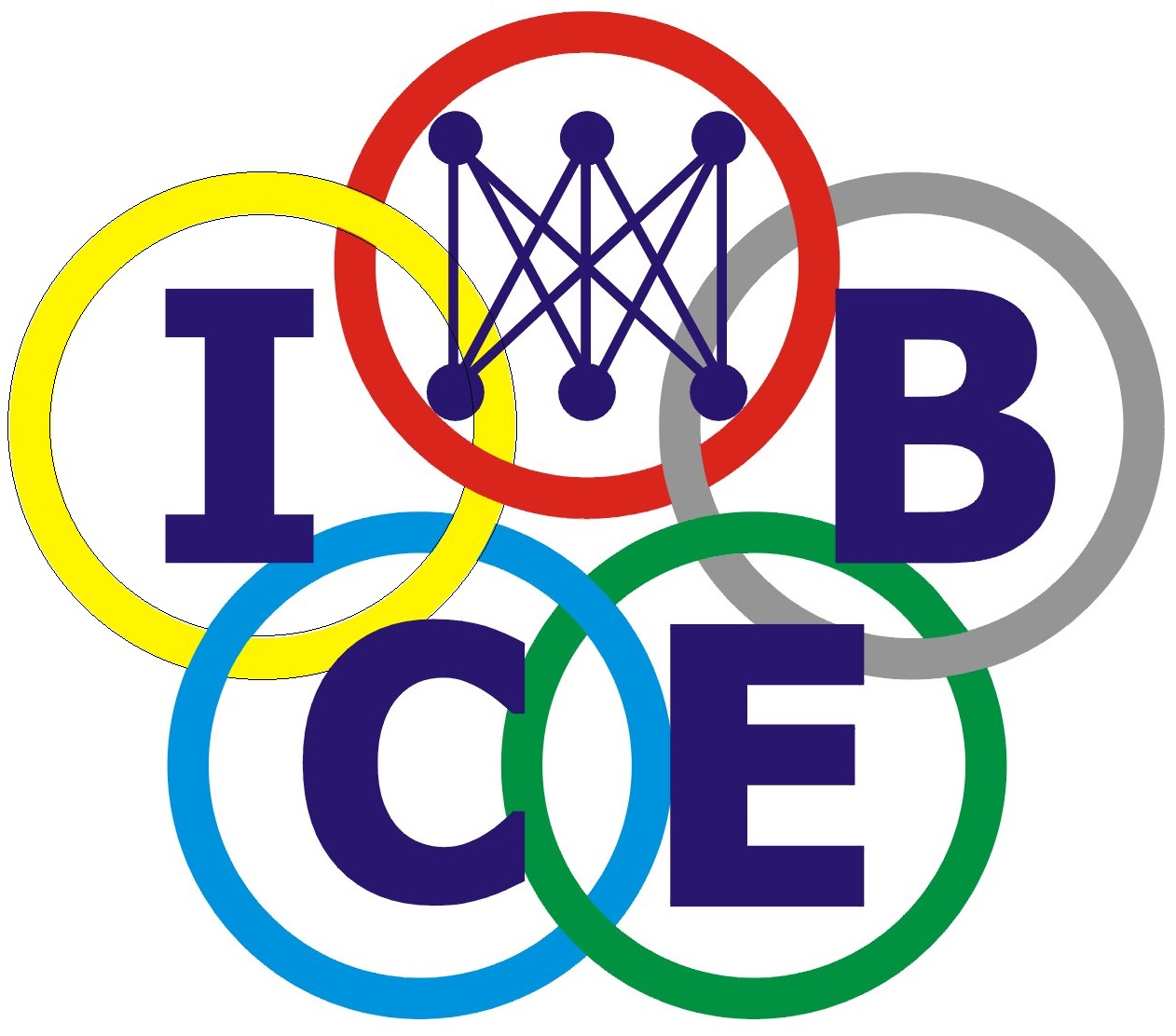Document Type
Article
Abstract
There is massive potential in the higher education space spread across the Asian continent especially in countries like India and China. Global players operating in this space are eyeing these markets. This throws opportunities as well as challenges. There are many players, local as well as global, who have experimented or are experimenting online (pure play) or blended models in education. There have been failures and mistakes, which have thrown lot of learning. As a result players have improvised their offers. Online education is now working. Though the progression is slow, it is expected to grow exponential in the coming years.
E-learning is network enabled learning. There is a race to get into e-learning space in India given the scope and size of this market in India. But many organizations and academic institutions trying to foray into E-learning are getting imbalanced due to the lack of proper understanding of the market place and internal/external requirements. IT assimilation throws unimaginable challenges. What should be the operating strategy, deliverable value, approach, processes and technology assimilation strategies so that the entire organization moves towards successful implementation of the E-learning project without compromising on its existing competencies is a serious matter for researchers to ponder. This paper tries to answer some of the above issues with the help of the experiences gained form one of the largest online education project launched and running quite successfully in India. The suggested framework evolves around discovery of a collaboration model with software and connectivity service providers and criteria of collaboration to be drawn from the learner needs and requirement. The collaboration should balance to achieve necessary value proposition for the intended learner segment by careful crafting of the Learner Centric Value Chain.
Recommended Citation
Gaur, Ajai Singh and Wali, O. P., "E-Learning in India: Experiences, Issues & Challenges" (2003). ICEB 2003 Proceedings (Singapore). 66.
https://aisel.aisnet.org/iceb2003/66


